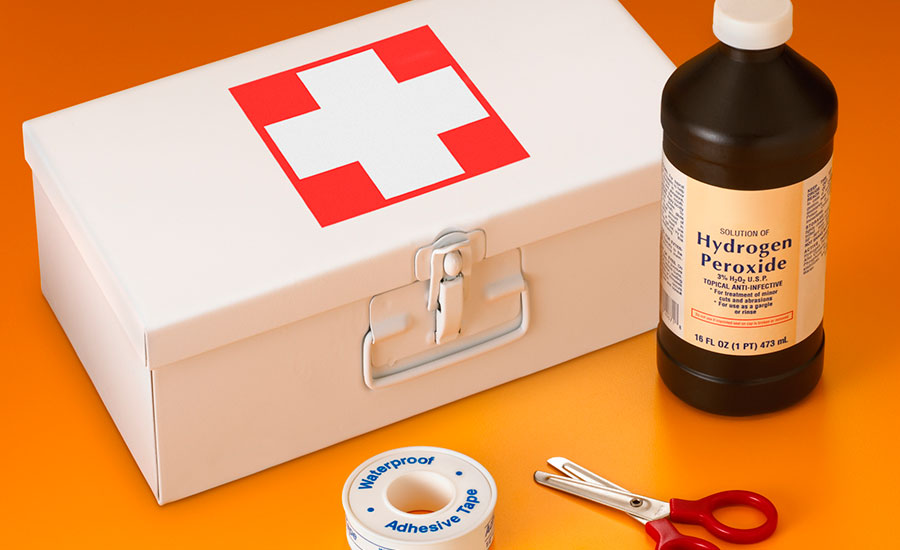A puncture wound to the foot, such as from stepping on a nail, doesn't usually cause excessive bleeding, according to the Mayo Clinic. But these wounds are often deep and can be dangerous because of the risk of infection. To reduce the risk of infection, prompt treatment and close monitoring for signs of infection are important.
To take care of a puncture wound, the Mayo Clinic recommends:
- Wash your hands. This helps avoid infection.
- Stop the bleeding. Apply gentle pressure with a clean bandage or cloth.
- Clean the wound. Rinse the wound with clear water for five to ten minutes. If dirt or debris remains in the wound after washing, use tweezers cleaned with alcohol to remove the particles. See a doctor if you can't remove all of the debris. Clean the skin around the wound with soap and a washcloth.
- Apply an antibiotic. Apply a thin layer of an antibiotic cream or ointment (Neosporin, Polysporin). Certain ingredients in some ointments can cause a mild rash in some people. If a rash appears, stop using the ointment and seek medical care.
- Cover the wound. Bandages help keep the wound clean.
- Change the dressing. Do this at least once a day or whenever the bandage becomes wet or dirty.
- Watch for signs of infection. See a doctor if the wound isn't healing or you notice any redness, increasing pain, drainage, warmth or swelling.
The Mayo Clinic says you should get immediate medical help if the wound:
- Keeps bleeding after a few minutes of direct pressure
- Is the result of an animal or human bite
- Is deep, dirty or caused by a metal object
If the injured person hasn't had a tetanus shot in the past five years and the wound is deep or dirty, your doctor may recommend a booster, according to the Mayo Clinic. The injured person should have the booster shot within 48 hours of the injury.
More advice from the Mayo Clinic: If the wound was caused by a cat or a dog, try to confirm that its rabies vaccination is up to date. If it was caused by a wild animal, seek advice from your doctor about which animals are most likely to carry rabies.






